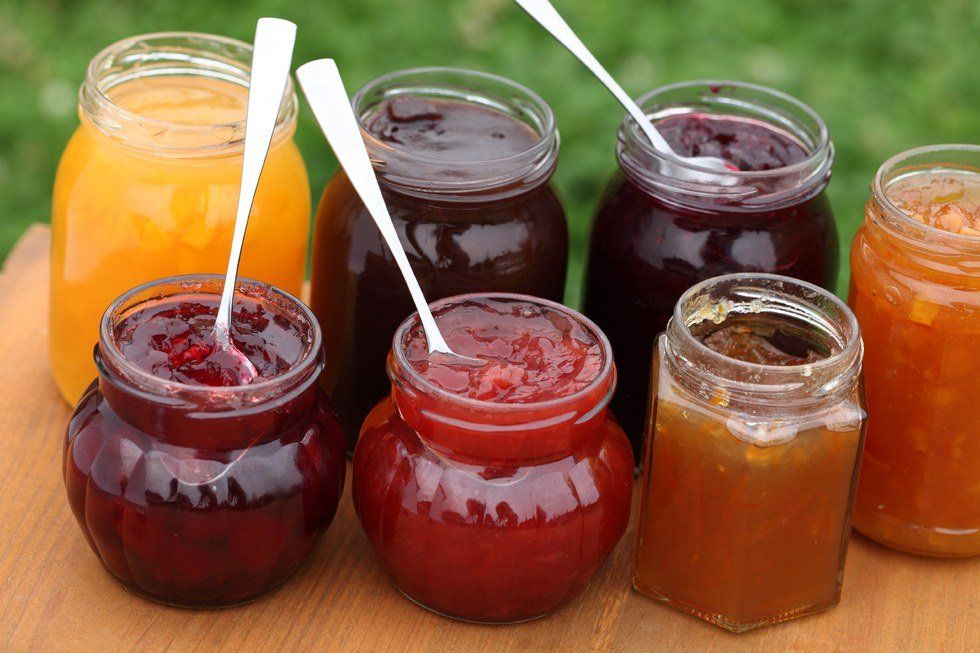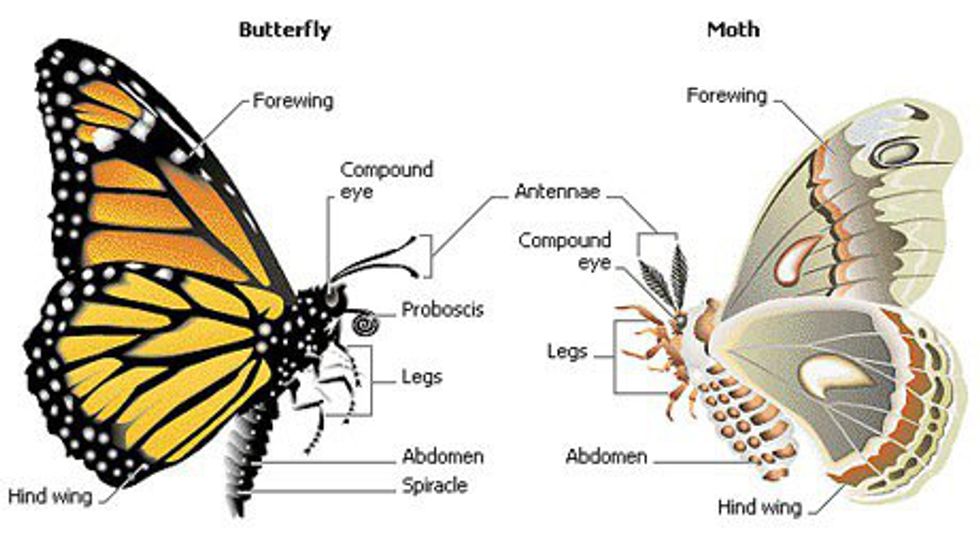Oftentimes, terms are thrown around in our everyday language and we aren’t 100 percent sure what they mean. You go along with it and pretend you understand, but secretly, you’re confused about exactly what the terms mean. This kind of thing happens more often than you may think, and for some of these things, it’s a case of not knowing the difference between two different things. I’ve come up with a list of things I’ve heard most people mixing up, or not being able to tell the difference between, and I’m going to explain them in an easy-to-understand way.
1. i.e and e.g
I see these two terms used interchangeably a lot, but actually that’s not the case. The word i.e. is an abbreviation for the Latin phrase “id est,” which translates to “that is.” On the other hand, e.g. is short for “exempli gratia,” which translates to “for example.” The way I like to explain it is that e.g. means “for example...” and i.e. means “and by that I mean…”
2. Alligators and crocodiles
I’ve explained this in a previous article of mine. Once again, people confuse these two animals a lot, but in reality it’s not hard to tell the difference. There are a few key differences:
a) Alligators have rounded, U-shaped snouts, while crocodiles have more pointy, V-shaped snouts
b) Alligators generally live in freshwater, while crocodiles generally live in saltwater
c) Alligators have small black dots on the scales on their jaws, while crocodiles have those dots on the scales all over their bodies
3. Sweet potatoes and yams
Many, many people use the words “sweet potatoes” and “yams” to mean the same thing; a sweet, orange tube-like vegetable that is used in many recipes and served during Thanksgiving. That’s not the case, however. The orange root vegetable that we’ve come to know and love is indeed a variety of sweet potato, but those have nothing to do with yams. Yams are a tropical root vegetable with dark flesh and a white inside. It’s not very common in supermarkets in the United States, and it’s likely you have never tasted an actual yam before! The confusion comes from the fact that there is another variety of sweet potatoes, which is also white on the inside.
4. Butterflies and moths
Most people can tell by looking whether a flying bug is a butterfly or a moth; the general consensus is that butterflies are prettier and more extravagant. While that is true, there are a lot more than that. Most notably:
a) Butterflies are generally diurnal (coming out during the day), while moths are generally nocturnal
b) Butterflies have antennae that are long tubes with little hooks at the end, while moths have more feathery antennae
c) Butterflies hold their wings above their bodies when at rest, while moths hold them at their sides
d) Butterflies tend to be thin and smooth, while moths tend to be thick and fuzzy
And while we’re on the subject, a cocoon and a chrysalis are not the same things. Moths come from cocoons, whereas butterflies come from chrysalises. The more you know!
5. Jelly and jam
There’s technically two answers to this one; a technical one and a colloquial one. Technically, jelly is made from fruit juice, while jam comes from the crushed fruit itself. But the confusion arose from the different terms used in different countries. The food Americans call Jell-O is what British people call jelly, and the food we call jelly is what british people call jam. By the way, preserves are just chunks of the fruit inside of a syrup and vacuum sealed inside a mason jar in order to preserve it, hence the name.(Part 2 is due to come out next week, so keep an eye out!)
Sources/links:
http://www.merriam-webster.com/dictionary/i.e.
http://www.merriam-webster.com/dictionary/e.g.
http://crocodilian.com/cnhc/cbd-faq-q1.htm
http://www.ncsweetpotatoes.com/sweet-potatoes-101/...
http://www.huffingtonpost.com/2013/11/25/differenc...
http://australianmuseum.net.au/what-are-the-differ...
http://insects.about.com/od/learningaboutinsects/a...
http://www.bugs.org/bugquiz/answers/butterfly_moth...
http://www.butterflyschool.org/new/meta.html























